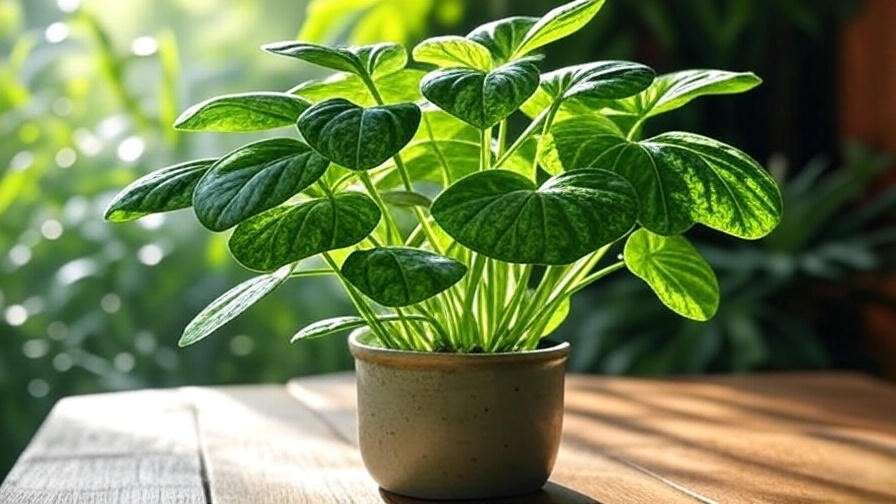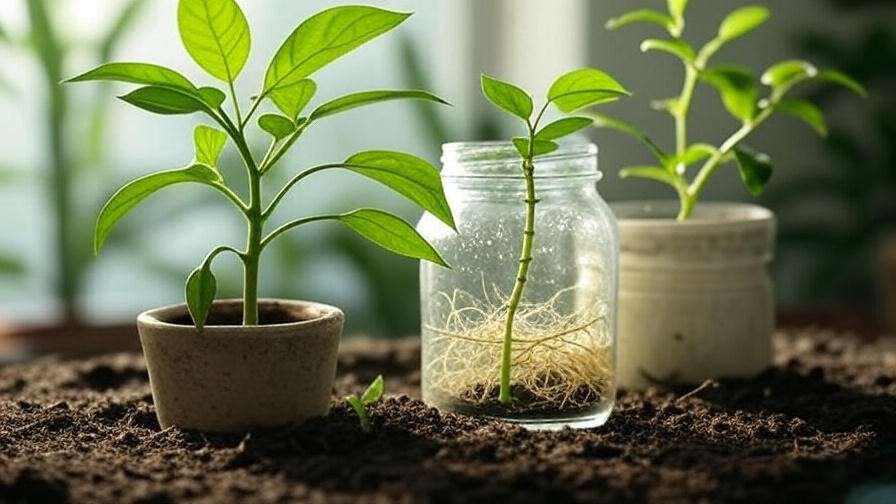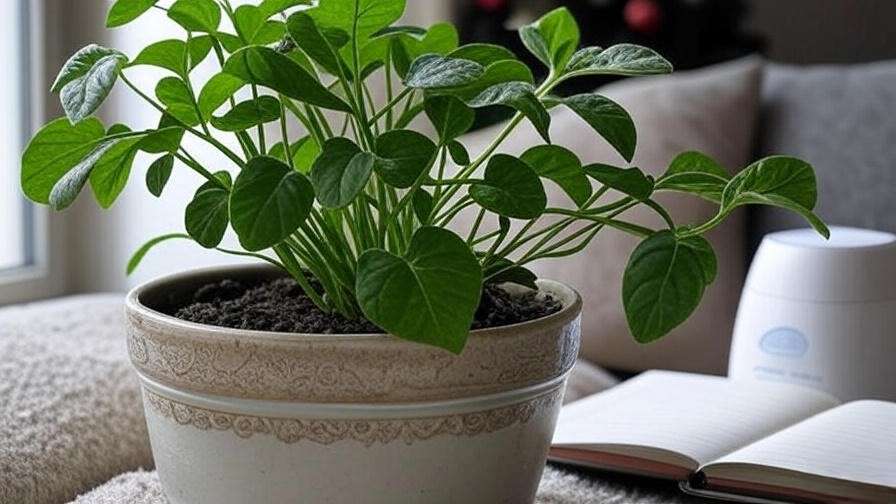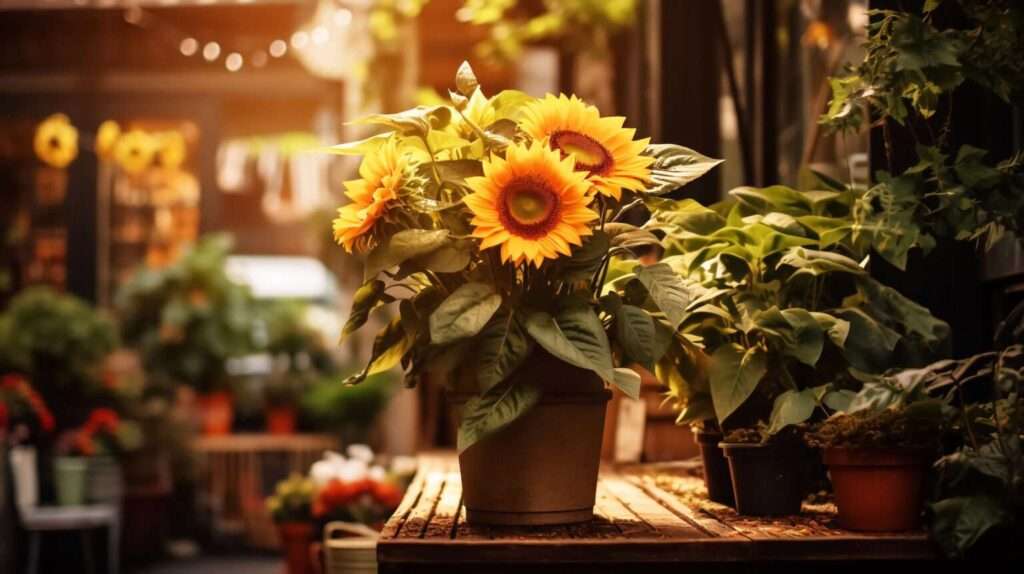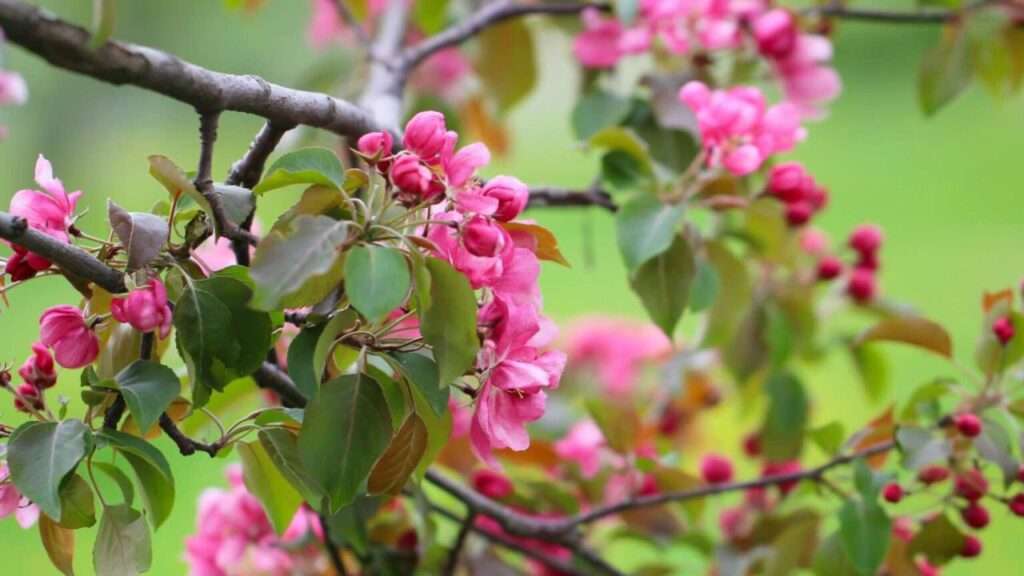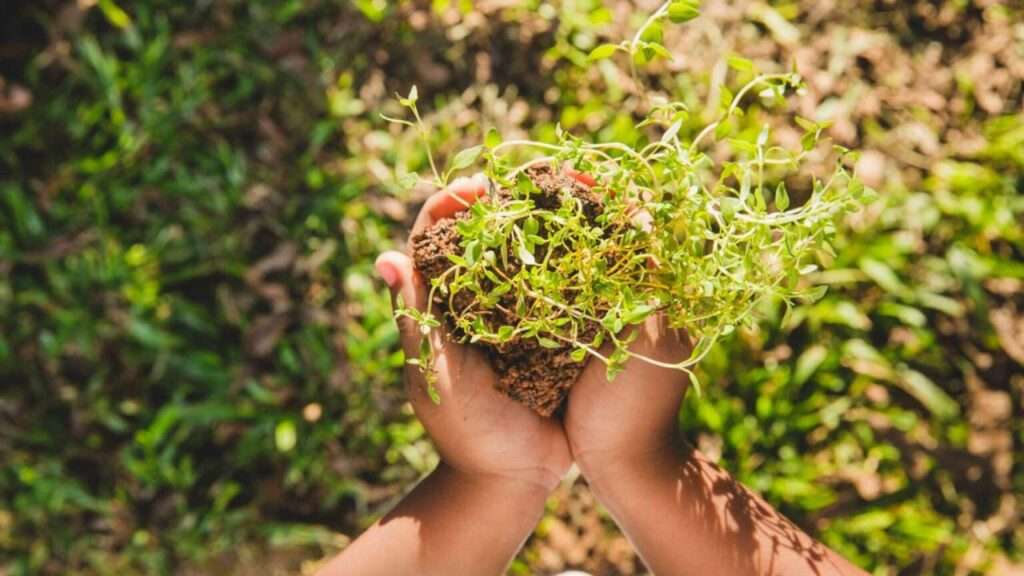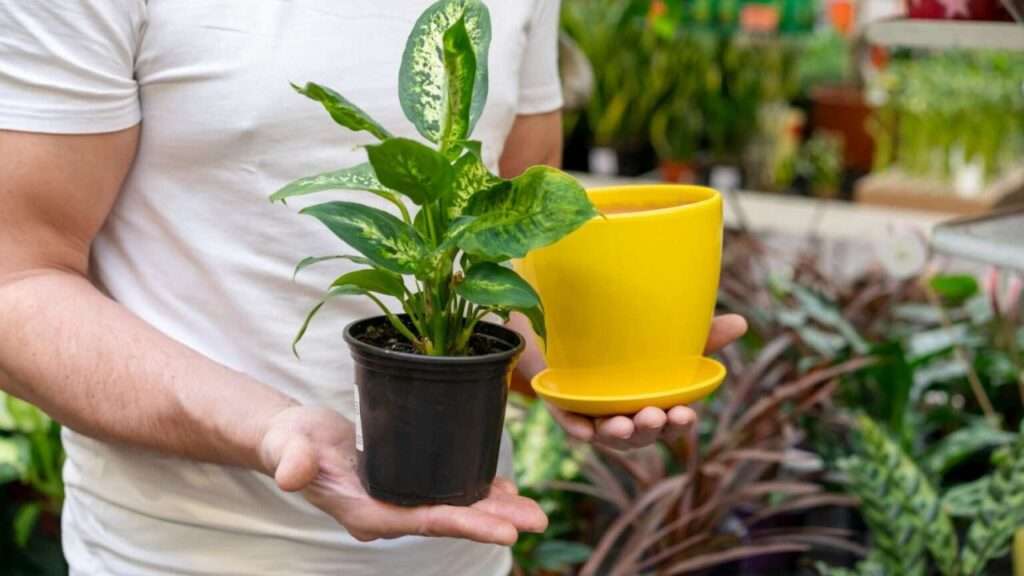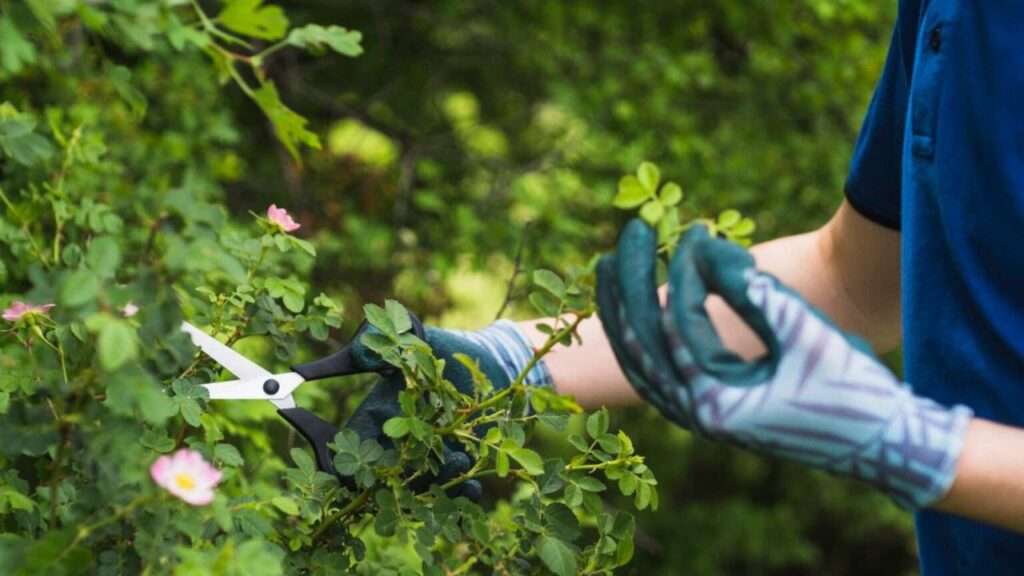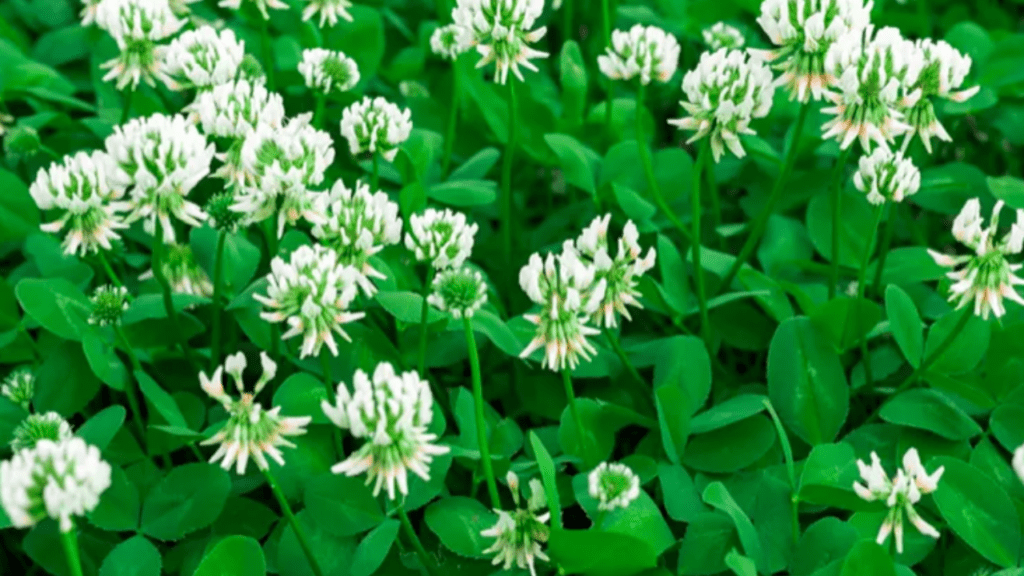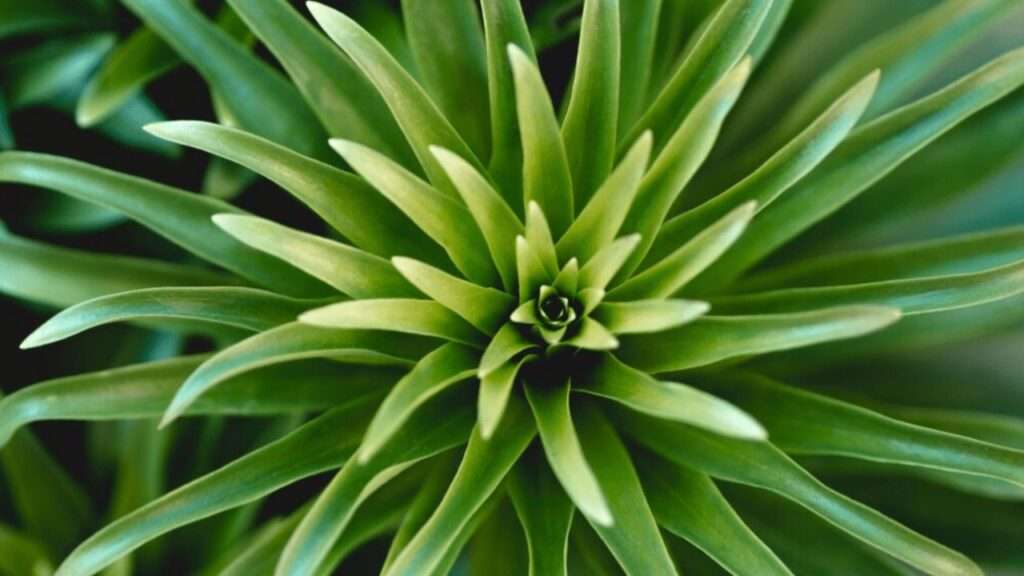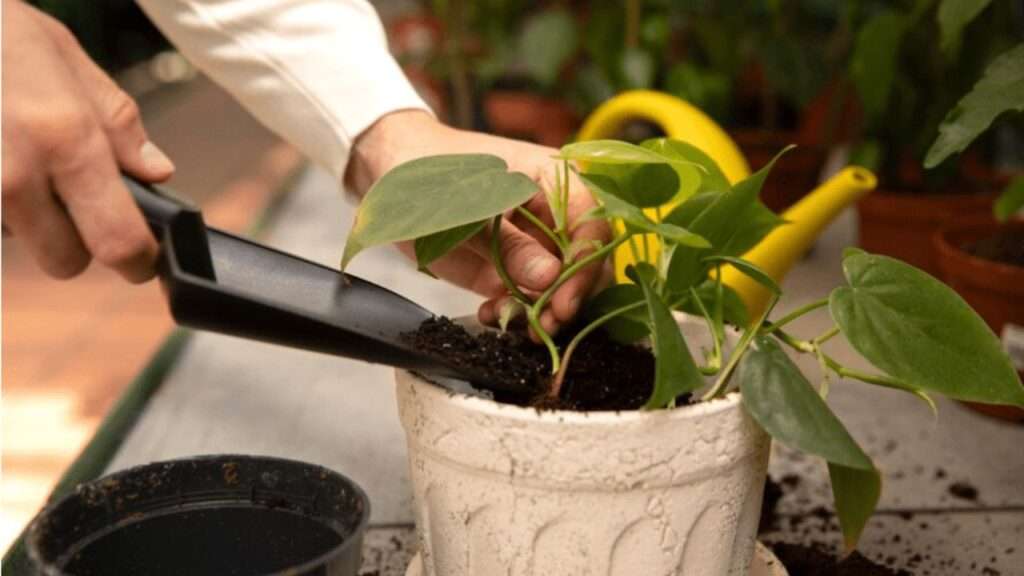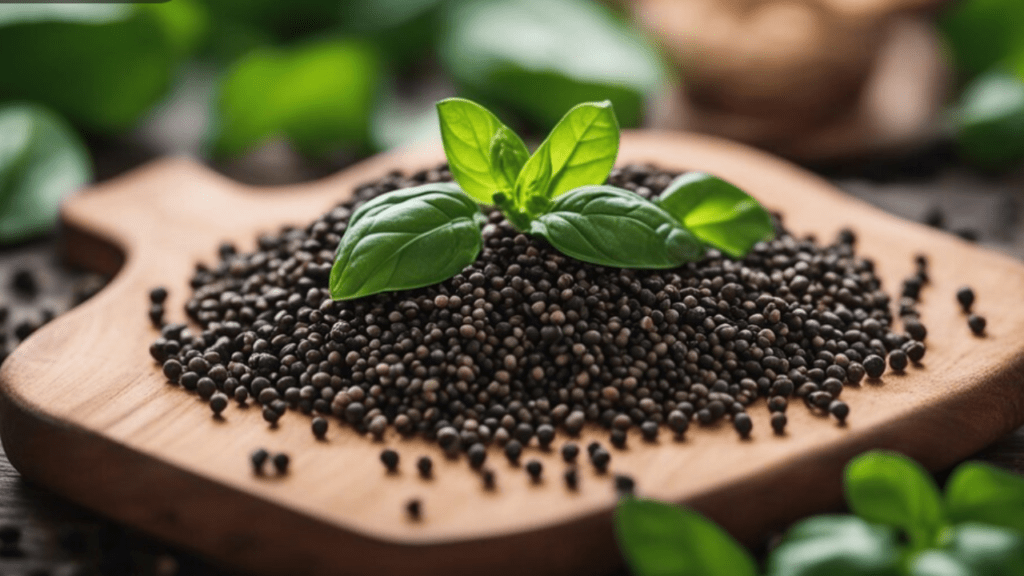Imagine a plant so striking it transforms your home into a tropical oasis with just a few trailing vines. Meet the Pellionia watermelon, a houseplant that’s capturing hearts with its lush, green leaves and silver-gray stripes resembling a watermelon’s rind. Whether you’re a seasoned plant parent or a beginner eager to nurture your green thumb, this vibrant beauty is a must-have for its low-maintenance charm and stunning aesthetic. In this comprehensive guide—“How to Grow a Vibrant Pellionia Watermelon: Essential Care Tips for This Stunning Houseplant”—we’ll dive into everything you need to know to keep your Pellionia watermelon thriving. Drawing from years of horticultural expertise, I’ll share practical, expert-backed advice to help you cultivate this showstopper, solve common care challenges, and create a flourishing indoor jungle. Let’s get growing! 🌿
What is Pellionia Watermelon? 🍉
Overview of the Plant
The Pellionia watermelon (Pellionia repens), also known as the watermelon begonia or trailing watermelon vine, is a captivating member of the Urticaceae family. Native to the humid forests of Southeast Asia, including Vietnam and Malaysia, this low-growing, trailing plant is cherished for its oval, glossy leaves. Each leaf boasts vibrant green hues with intricate silver-gray veins, mimicking the pattern of a watermelon’s skin. Unlike its begonia cousins, Pellionia watermelon is a distinct species, prized for its compact size (6-12 inches tall) and sprawling growth, making it ideal for indoor spaces.
This plant’s adaptability to indoor environments has made it a favorite among houseplant enthusiasts. Its ability to thrive in terrariums, hanging baskets, or as a cascading accent in mixed planters adds versatility to any plant collection. Whether you’re decorating a cozy apartment or a spacious office, the Pellionia watermelon brings a touch of the tropics indoors.
Why Choose Pellionia Watermelon?
Why is this plant stealing the spotlight? For starters, its aesthetic appeal is unmatched. The delicate, watermelon-like foliage adds a pop of color and texture to any room. It’s also relatively easy to care for, making it perfect for beginners who want a low-maintenance yet visually stunning houseplant. Beyond its beauty, Pellionia watermelon offers practical benefits: it contributes to air purification by filtering indoor pollutants and boosts mood through its vibrant presence, as supported by studies on biophilic design. Whether you’re seeking a statement piece or a subtle accent, this plant delivers.
Ideal Growing Conditions for Pellionia Watermelon 🌞
To ensure your Pellionia watermelon thrives, replicating its natural tropical environment is key. Let’s break down the essentials: light, temperature, humidity, and soil.
Light Requirements
Pellionia watermelon loves bright, indirect light, which enhances its vibrant leaf patterns. Place it near an east-facing window where it can bask in morning sunlight or in a spot with filtered light, such as a north-facing window with sheer curtains. Direct sunlight can scorch its delicate leaves, causing brown, crispy edges. If you notice fading colors, your plant may need more light. A practical solution is to use a grow light (like a full-spectrum LED) for 12-14 hours daily, especially in low-light homes. Position the light 6-12 inches above the plant for optimal results.
Temperature and Humidity
As a tropical native, Pellionia watermelon thrives in warm, humid conditions. Maintain temperatures between 65-75°F (18-24°C) to keep it happy. Avoid placing it near drafty windows or air conditioning vents, as sudden temperature drops can stress the plant. Humidity is critical—aim for 50-70% to mimic its rainforest origins. If your home is dry, especially in winter, try these solutions:
- Humidifier: A small ultrasonic humidifier near the plant works wonders.
- Pebble Tray: Fill a tray with pebbles and water, placing the pot on top (ensure the pot doesn’t sit in water).
- Grouping Plants: Cluster your Pellionia with other plants to create a microclimate with higher humidity.
Soil and Potting Needs
The right soil mix is crucial for healthy roots. Use a well-draining, peat-based potting mix with added perlite or sand to prevent waterlogging. A mix of 50% peat moss, 30% perlite, and 20% organic compost provides excellent drainage and nutrient retention. Choose a pot with drainage holes to avoid root rot, a common issue with tropical plants. Terra-cotta pots are ideal, as they allow excess moisture to evaporate. Expert Tip: Add a handful of orchid bark to the mix for extra aeration, especially if you tend to overwater.
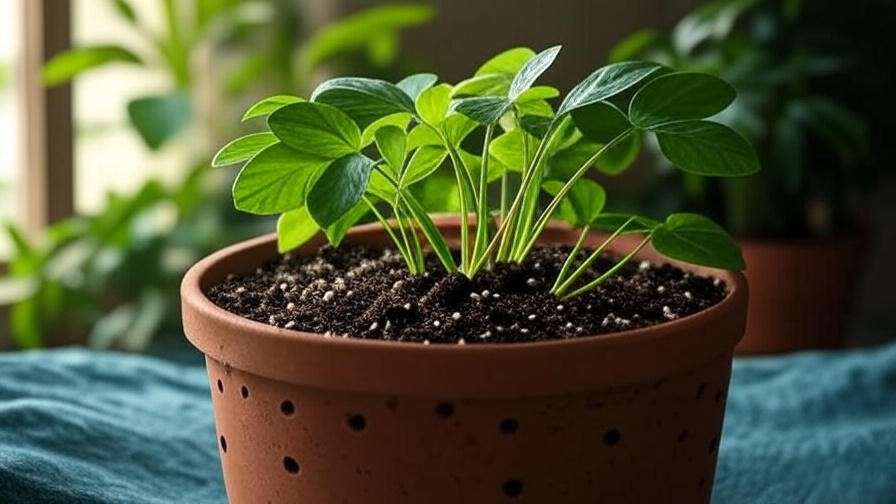
Step-by-Step Care Guide for Pellionia Watermelon 🌸
With the right conditions in place, daily care is straightforward. Let’s explore watering, fertilizing, and pruning to keep your plant thriving.
Watering Best Practices
Pellionia watermelon prefers consistently moist soil, but overwatering is a common mistake. Water when the top inch of soil feels dry—typically every 5-7 days in spring and summer, less frequently in fall and winter. Use room-temperature water to avoid shocking the roots. Signs of overwatering include yellowing leaves or a soggy base, while underwatering causes wilting or drooping. To water correctly:
- Pour water evenly until it drains from the bottom.
- Empty the saucer to prevent standing water.
- Pro Tip: Test soil moisture with your finger or a moisture meter for precision.
Fertilizing for Growth
Feed your Pellionia watermelon during the growing season (spring and summer) with a balanced, water-soluble fertilizer like 10-10-10 or 20-20-20. Apply every 4-6 weeks, diluting to half-strength to avoid fertilizer burn. Over-fertilizing can lead to salt buildup, causing leaf tip browning. In fall and winter, skip fertilizing as the plant enters a dormant phase. Example: Mix 1/2 teaspoon of liquid fertilizer per gallon of water and apply during watering for even distribution.
Pruning and Maintenance
Regular pruning keeps your Pellionia watermelon bushy and healthy. Use clean, sharp scissors to trim leggy stems or remove yellowing leaves. Prune just above a leaf node to encourage new growth. Cleaning the leaves with a damp cloth removes dust, boosting photosynthesis and keeping the plant vibrant. Safety Note: Wear gloves when pruning, as the plant’s sap may irritate sensitive skin. Repot every 1-2 years or when roots outgrow the pot, ideally in spring.
Propagating Pellionia Watermelon: Grow More Plants! 🌱
Want more Pellionia watermelon for free? Propagation is easy and rewarding. Here are two reliable methods.
Stem Cutting Method
- Select a Healthy Stem: Choose a 4-6 inch stem with at least 2-3 leaf nodes.
- Cut and Prepare: Snip below a node with sterilized scissors and remove lower leaves.
- Rooting Options:
- Water: Place the cutting in a jar of filtered water, changing it every 3-4 days. Roots should appear in 2-3 weeks.
- Soil: Plant the cutting in moist potting mix, covering the node. Keep soil damp and cover with a plastic bag to trap humidity.
- Transplant: Once roots are 1-2 inches long, pot in a small container with standard soil mix.
Expert Insight: Dip the cut end in rooting hormone to speed up root development.
Division Technique
For mature plants, division is a quick way to propagate:
- Remove the Plant: Gently take the plant out of its pot during repotting.
- Separate Roots: Divide the root ball into sections, ensuring each has stems and roots.
- Repot: Plant each section in its own pot with fresh soil mix.
- Care: Water thoroughly and keep in a humid, shaded spot for 1-2 weeks to recover.
Example: Spring is the best time for division, as the plant is actively growing and recovers quickly.
Common Problems and Solutions 🐛
Even with the best care, your Pellionia watermelon may face challenges. Understanding common issues and their fixes will keep your plant healthy and vibrant. Below, we address the most frequent problems plant parents encounter, with actionable solutions grounded in horticultural expertise.
Yellowing or Drooping Leaves
Yellowing or drooping leaves are often the first signs of distress in a Pellionia watermelon. These symptoms can stem from several causes:
- Overwatering: Excess moisture leads to root rot, causing leaves to yellow and droop. Check if the soil feels soggy or smells musty.
- Poor Drainage: Compacted soil or pots without drainage holes trap water, suffocating roots.
- Low Humidity: Dry air can cause leaves to wilt, especially in heated or air-conditioned homes.
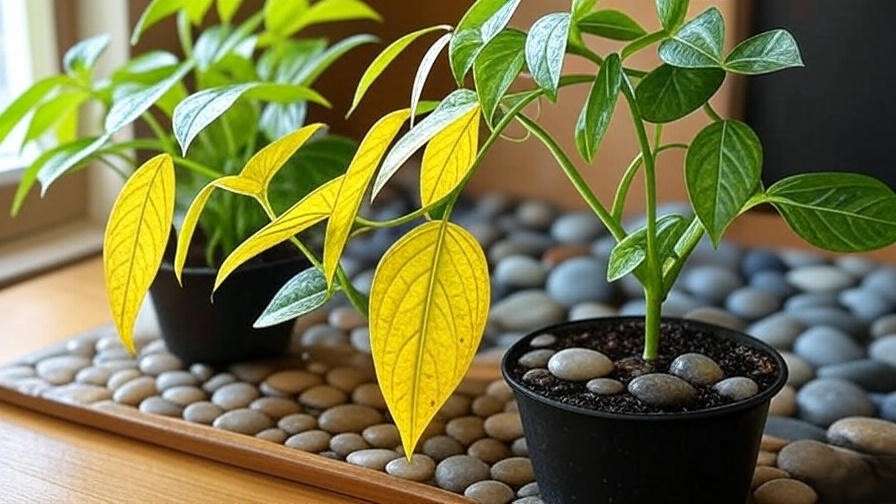
Solutions:
- Adjust your watering routine: Allow the top inch of soil to dry out before watering again. Use a moisture meter for accuracy.
- Improve drainage: Repot in a well-draining mix (50% peat moss, 30% perlite, 20% compost) and ensure the pot has drainage holes.
- Boost humidity: Maintain 50-70% humidity with a humidifier, pebble tray, or by misting the leaves daily. Pro Tip: Avoid misting late in the day to prevent fungal issues.
- Monitor for recovery: Trim yellowed leaves to redirect energy to healthy growth.
Fading Leaf Colors
The Pellionia watermelon’s signature watermelon-like stripes can fade, losing their silvery sparkle. This is typically due to:
- Insufficient Light: Too little light dulls the leaf patterns, making them appear washed out.
- Nutrient Deficiency: Lack of essential nutrients like nitrogen or potassium can weaken vibrancy.
Solutions:
- Relocate the plant to a brighter spot with indirect light, such as near an east- or north-facing window. If natural light is limited, use a full-spectrum grow light for 12-14 hours daily.
- Fertilize appropriately: Apply a balanced, water-soluble fertilizer (e.g., 10-10-10) every 4-6 weeks during the growing season. Dilute to half-strength to avoid overfeeding.
- Expert Tip: Rotate the plant every few weeks to ensure even light exposure, promoting uniform color and growth.
Pests and Diseases
Pellionia watermelon is relatively pest-resistant, but it can attract common houseplant pests like spider mites, aphids, and mealybugs, especially in dry or poorly ventilated conditions. Fungal diseases, such as powdery mildew, may also occur in overly humid or poorly aerated environments.
Common Pests:
- Spider Mites: Tiny, web-spinning pests that cause stippling on leaves. Look for fine webbing under leaves.
- Aphids: Small, sap-sucking insects that cluster on new growth, causing curling leaves.
- Mealybugs: White, cottony pests that hide in leaf axils, weakening the plant.
Solutions:
- Manual Removal: Wipe leaves with a damp cloth or use a strong water spray to dislodge pests.
- Organic Treatments: Apply neem oil or insecticidal soap (diluted per package instructions) weekly until pests are gone. Test on a small area first to ensure the plant tolerates the treatment.
- Preventative Measures: Maintain good air circulation by spacing plants apart and avoiding overcrowding. Regularly inspect leaves, especially the undersides, for early signs of infestation.
- Fungal Prevention: If powdery mildew appears (white, powdery spots), reduce humidity, improve ventilation, and apply a fungicide labeled for houseplants. Expert Insight: Quarantine new plants for 2 weeks to prevent pest spread.
Creative Ways to Display Pellionia Watermelon 🪴
The Pellionia watermelon’s trailing growth and vibrant foliage make it a versatile addition to any indoor space. Here are creative ideas to showcase its beauty:
- Hanging Baskets: Let the vines cascade over the edges of a macramé or ceramic hanging planter for a boho-chic look. Place in a well-lit corner to highlight its colors.
- Terrariums: Create a mini jungle by pairing Pellionia watermelon with moss, ferns, or small fittonias in a glass terrarium. Ensure proper ventilation to avoid excess humidity.
- Mixed Planters: Use it as a trailing accent in a mixed pot with upright plants like peace lilies or contrasting foliage like golden pothos for visual drama.
- Shelf Styling: Drape the vines over a bookshelf or floating shelf, allowing them to spill naturally for a lush, layered effect.
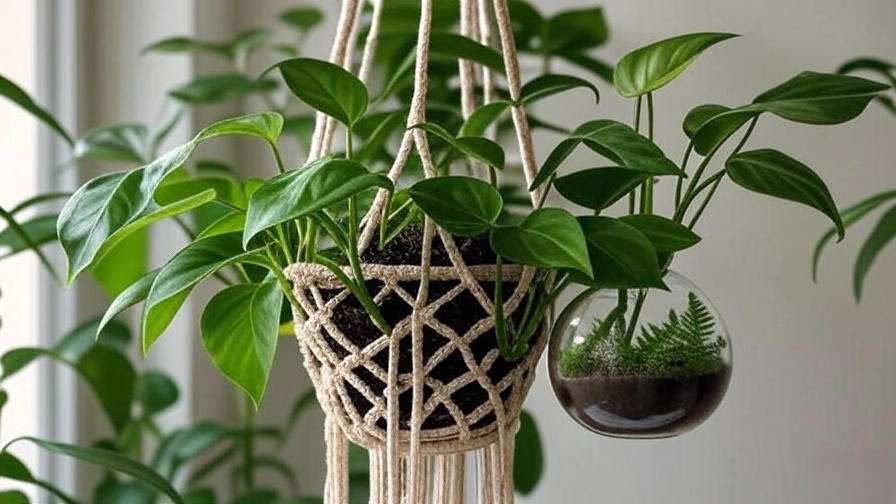
Styling Inspiration: In my own home, I’ve paired a Pellionia watermelon in a terra-cotta hanging basket with a trailing pothos and a compact snake plant. The contrast of textures and colors creates a stunning focal point in my living room, drawing compliments from every guest. Experiment with textures and heights to craft your own Instagram-worthy display!
Expert Tips for Long-Term Success 🌟
To ensure your Pellionia watermelon remains a showstopper for years, incorporate these expert strategies:
- Seasonal Adjustments: In winter, reduce watering to every 10-14 days as growth slows. Increase humidity during dry months with a humidifier or pebble tray.
- Monitor Plant Health: Regularly check for signs of stress, such as drooping leaves or slowed growth. Early intervention prevents bigger issues. Pro Tip: Keep a plant journal to track watering, fertilizing, and growth patterns.
- Sustainability Practices: Reuse potting mix by sterilizing it (bake at 200°F for 30 minutes) or collect rainwater for watering to reduce environmental impact. Opt for organic fertilizers to support eco-friendly care.
- Rotate for Balance: Rotate the plant every 1-2 months to ensure even light exposure, preventing lopsided growth.
FAQs About Pellionia Watermelon Care ❓
To address common reader questions and boost SEO, here are answers to frequently asked questions about Pellionia watermelon:
- Is Pellionia watermelon toxic to pets?
Good news for pet owners: Pellionia watermelon is non-toxic to cats and dogs, according to the ASPCA. However, keep it out of reach to prevent accidental ingestion, which could cause mild digestive upset. - How fast does Pellionia watermelon grow?
With proper care, expect moderate growth—about 6-12 inches of new trailing stems within 6-12 months. Growth is fastest in spring and summer with optimal light and humidity. - Can it survive low light?
While it tolerates low light, the plant may lose its vibrant colors and grow leggy. Supplement with a grow light (10-12 hours daily) to maintain its beauty in dim spaces. - How often should I repot?
Repot every 1-2 years or when roots become crowded, typically when you see roots circling the pot’s base. Spring is the best time to minimize stress.
Conclusion: Your Journey to a Thriving Pellionia Watermelon 🌿
Growing a vibrant Pellionia watermelon is a rewarding journey that brings tropical elegance to your home. By providing bright, indirect light, maintaining high humidity, and following a consistent care routine, you’ll enjoy lush, watermelon-striped foliage year-round. Experiment with propagation to share this beauty with friends or create stunning displays in hanging baskets or terrariums. As a horticulturist with over a decade of experience, I’ve seen firsthand how this plant transforms spaces and delights plant lovers. Share your Pellionia watermelon journey in the comments or on social media, and explore our other plant care guides for more tips to grow your indoor jungle! 🌱

